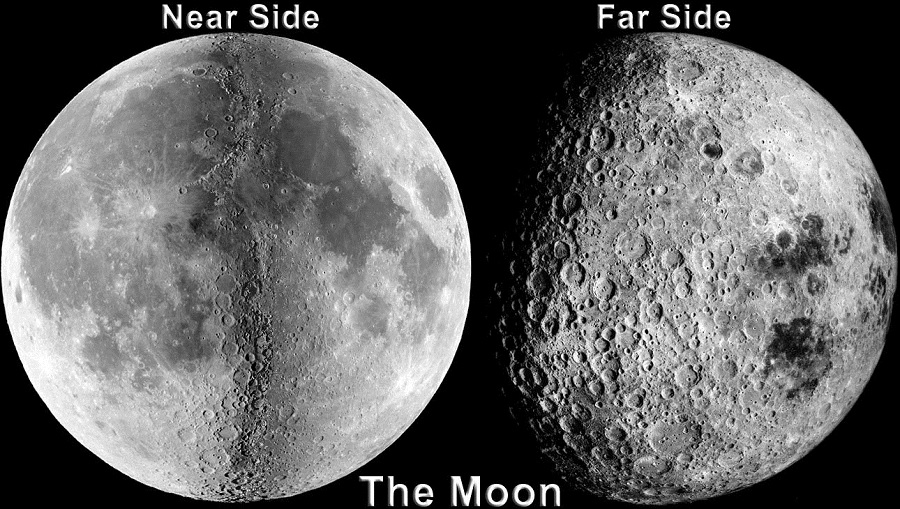
The near and far sides of the Moon
For almost the last twenty years the Moon has felt, at least mentally, like a second home while I've worked through the book series.
Let's share some facts about our nearest neighbour. Some you might know, other less so.
- Gravity there is one sixth that of the Earth
- The Moon has almost no atmosphere. While it has more than the vacuum of open space, it's pretty negligible compared to the Earth, with only about 40 molecules per cubic cm of atmosphere. So, if you ever visit, don't forget your spacesuit. Without any significant atmosphere, the Moon also suffers from extremes of temperature, baking in the day at +130C, and plunging at night to -180C.
- As with the atmosphere, the Moon has almost no magnetic field when compared to the Earth as it's missing the molten core which blesses our home (this magnetic field together with our atmosphere prevents a lot of nasty radiation getting to us).
- A Lunar day takes 28 Earth days. But it also takes 28 days to orbit the Earth. This means the same side (we call it the light side) is always facing us.
- Although the far side is often called the dark side, it does actually get light from the Sun
- The craters on the Moon were once thought to have been caused by volcanoes, however we now know them to be caused by impacts from meteors and other space debris. On Earth, our atmosphere protects us, causing any objects colliding with Earth to burn up before hitting the ground. But without such an atmosphere, the Moon is constantly pummelled by even the smallest objects. This is why the soil on the Moon was observed by Neil Armstrong to be like a really fine powder
- The near side of the Moon is marked by dramatic features we call mare or 'seas' which were formed by long ago volcanic activity. The geography here is much newer, and consequentially we see less cratering.
- Maria (multiple of mare) are almost completely absent on the far side of the Moon, and we don't really know why.
- The maria are darker because they are richer in iron and magenisum. The older highlands are lighter because they're richer in calcium and aluminium.
- The Moon is much less dense when compared to the Earth. It seems to be made up mainly of rock, with much less metal content, especially lacking a molten metal core like the Earth. This evidence points to an interesting theory about the origin of the Moon; it is made from part of the Earth's surface, which was blasted away in a collision billions of years ago, taking mainly surface material with it to form a new planetary body.
- Even during Apollo, the Moon was believed to have virtually no water. However, since survey probes in the 90s, there's been significant evidence that there is some water trapped in permanently shadowed craters in the poles. It's also believed there maybe be some water beneath the surface at the poles. This is one of the reasons why building a colony, particularly at the south pole, is seen as quite advantageous
- Quakes happen on the Moon! First observed, thanks to equipment left behind during Apollo, these quakes have a very different mechanism that on Earth driven by tidal forces from the Earth over tectonic plates. But Moonquakes are much less severe than their Earth counterparts, but can go on much longer, for hours at a time!
- The Moon is receding away from the Earth by about 4cm every year.
- It is the only other planetary body which humans have visited (during, obviously the Apollo era, I look forward to updating this for Artemis). During Apollo, we brought back 380kg of rock from the Moon, which is still being studied today. In one of my favourites, they grew plants in lunar soil to prove it was possible! [See below]